Evolution Concept Map Worksheet Answer
Are you a student or educator looking for a comprehensive and organized way to understand the concept of evolution? Look no further! This Evolution Concept Map Worksheet Answer is designed to help you grasp the fundamental ideas and relationships within the world of evolution. Through clear and concise labeling of entities and subjects, this worksheet is perfect for students studying biology or science enthusiasts seeking a deeper understanding of evolutionary processes. By providing a visual representation of the connections between key concepts, this worksheet facilitates learning and promotes a solid foundation in evolutionary biology.
Table of Images 👆
More Other Worksheets
Kindergarten Worksheet My RoomSpanish Verb Worksheets
Cooking Vocabulary Worksheet
DNA Code Worksheet
Meiosis Worksheet Answer Key
Art Handouts and Worksheets
7 Elements of Art Worksheets
All Amendment Worksheet
Symmetry Art Worksheets
Daily Meal Planning Worksheet
What is evolution?
Evolution is the process by which organisms change over time through the accumulation of genetic variations that are passed down through generations. This can result in the development of new species and the adaptation of organisms to their environment through natural selection, genetic drift, and other mechanisms.
What are the main driving forces of evolution?
The main driving forces of evolution are natural selection, genetic drift, gene flow, and mutations. Natural selection is the process by which organisms best adapted to their environment are more likely to survive and reproduce, passing on their advantageous traits to their offspring. Genetic drift is the random change in allele frequencies within a population. Gene flow occurs when individuals move between different populations, leading to a transfer of genes. Mutations introduce genetic variation into populations, which can serve as the raw material for natural selection to act upon. Together, these forces shape the frequency of alleles in populations over time, driving the process of evolution.
What is natural selection?
Natural selection is a process where organisms that are best adapted to their environment tend to survive and reproduce at higher rates than those that are less well adapted. This leads to the passing on of advantageous traits to future generations, ultimately shaping the evolution of species over time.
How does genetic variation contribute to evolution?
Genetic variation is critical to evolution because it provides the raw material for natural selection to act upon. Mutations create new alleles, genetic recombination shuffles existing alleles, and gene flow introduces genetic diversity to populations. This variation allows organisms to adapt to changing environments and increases their chances of survival and reproduction, ultimately leading to the evolution of new species over time.
What role do mutations play in evolution?
Mutations are crucial for evolution as they are the source of genetic variation within populations. These variations provide the raw material for natural selection to act upon, leading to the adaptation of organisms to their environment over time. Mutations can introduce new traits or alter existing ones, shaping the genetic diversity that drives the evolutionary process.
How does adaptation occur in evolution?
Adaptation occurs in evolution through the process of natural selection, where individuals with favorable traits are more likely to survive and reproduce, passing on these traits to their offspring. Over time, beneficial traits become more common in a population, leading to better survival and reproductive success. This process allows species to become better suited to their environment, increasing their chances of survival and perpetuating their genes in future generations.
How do speciation events contribute to the branching of evolutionary lineages?
Speciation events contribute to the branching of evolutionary lineages by creating new species with distinct characteristics that adapt to different environments or niches. Each speciation event results in two separate lineages with their own unique genetic makeup, leading to divergence in traits over time. This branching allows for the development of diversity within a species, promoting adaptation and increasing the overall resilience of the population to environmental changes. Over generations, these new lineages may continue to evolve and branch out further, contributing to the overall complexity and richness of life on Earth.
What is convergent evolution?
Convergent evolution is the independent evolution of similar traits in different species that do not share a common ancestor with those traits. This phenomenon occurs when different species adapt to similar environmental pressures, resulting in them developing analogous features or behaviors to survive in their respective habitats.
What is the process of coevolution?
Coevolution is the reciprocal evolutionary change between two interacting species, often resulting in adaptations that benefit both species. It involves a dynamic process where each species exerts selective pressure on the other, leading to the development of specific traits or behaviors that enhance their mutual relationship. This can create a cycle of adaptation and counter-adaptation as both species continually evolve in response to each other's changes, ultimately shaping their ecological interactions over time.
How does the fossil record provide evidence for evolution?
The fossil record provides evidence for evolution by showing a progression of life forms over time, with simpler organisms found in deeper layers and more complex ones in shallower layers. Transitional fossils, which exhibit characteristics of both older and more recent species, further support the idea of gradual change and common ancestry among different species. Additionally, the geographic distribution of fossils can reveal how species have evolved and migrated over time, providing further evidence for the interconnectedness of all living things and the process of evolution.
Have something to share?
Who is Worksheeto?
At Worksheeto, we are committed to delivering an extensive and varied portfolio of superior quality worksheets, designed to address the educational demands of students, educators, and parents.

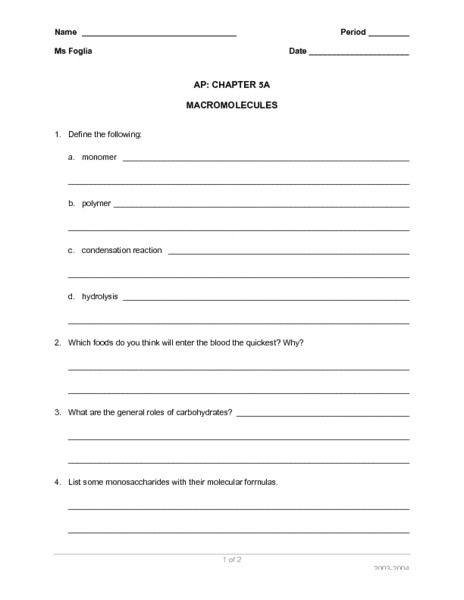




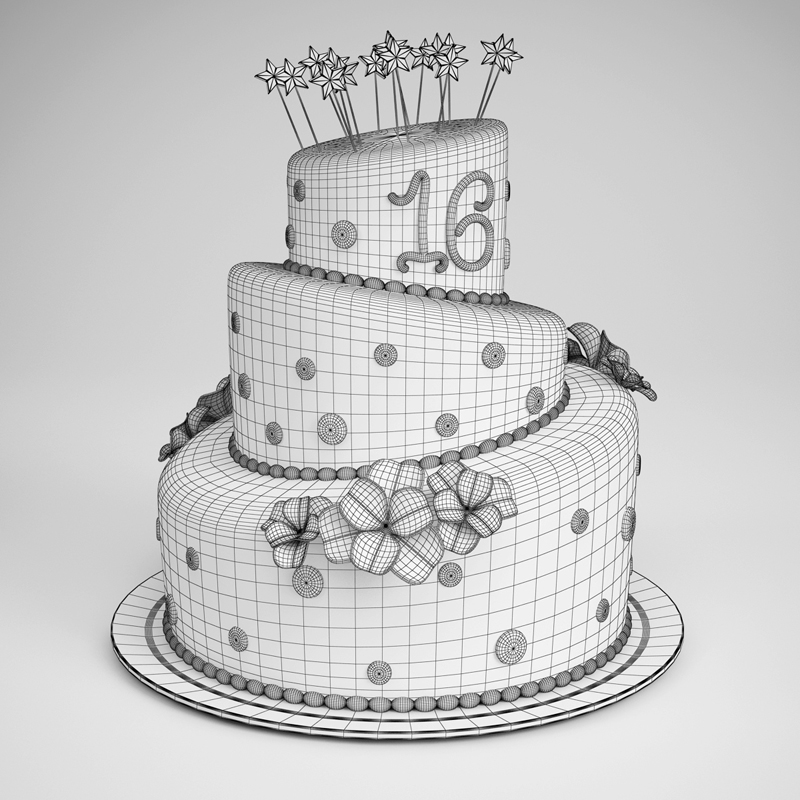
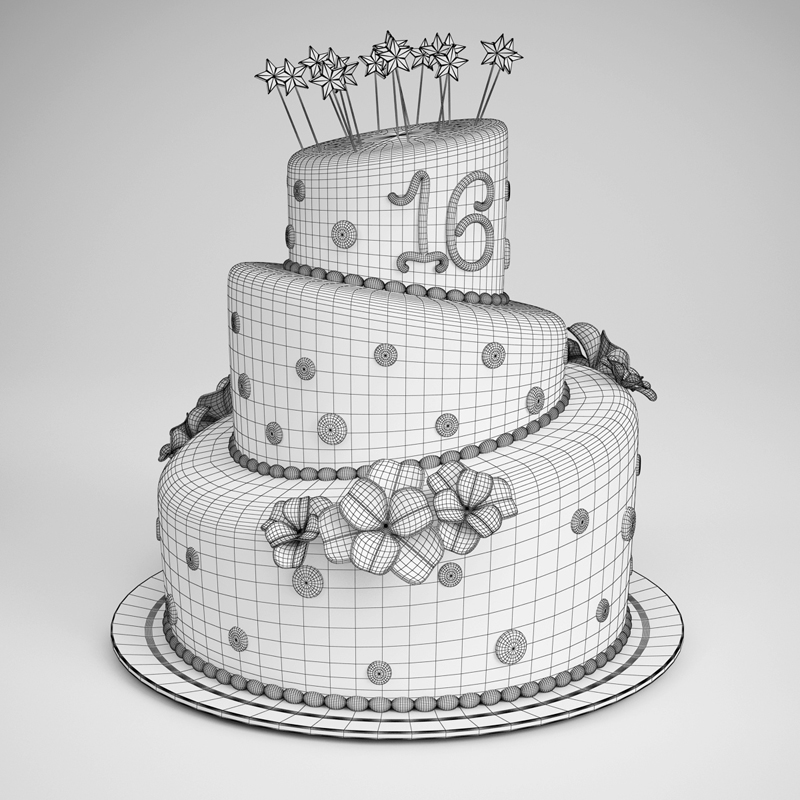
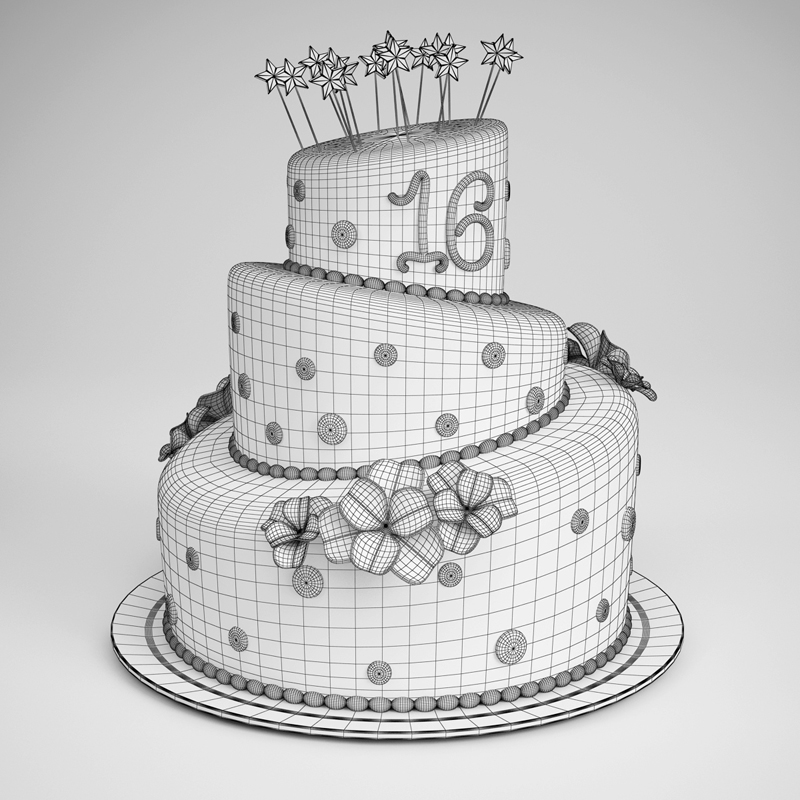

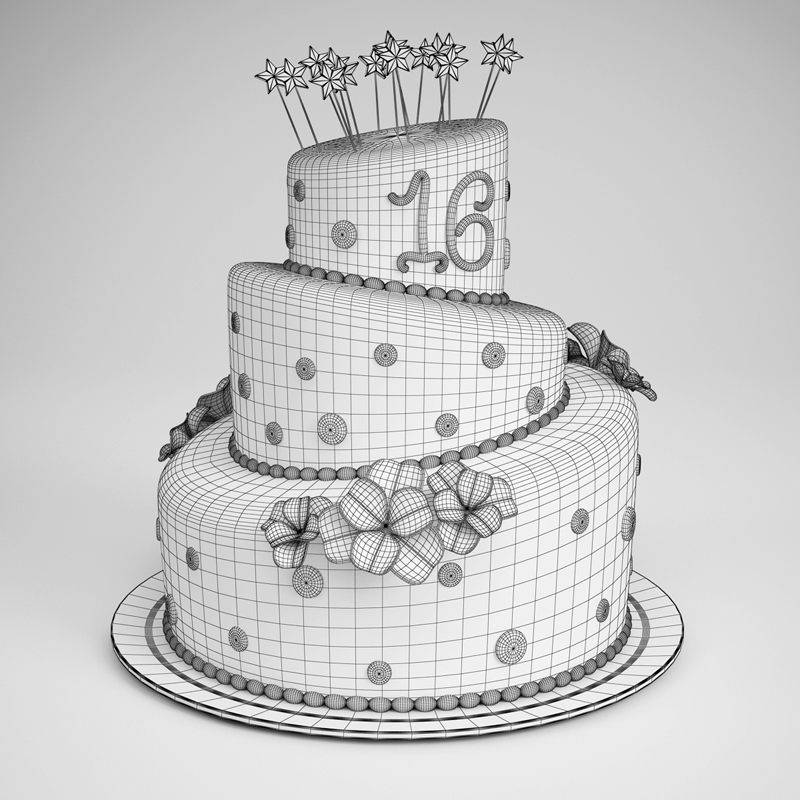
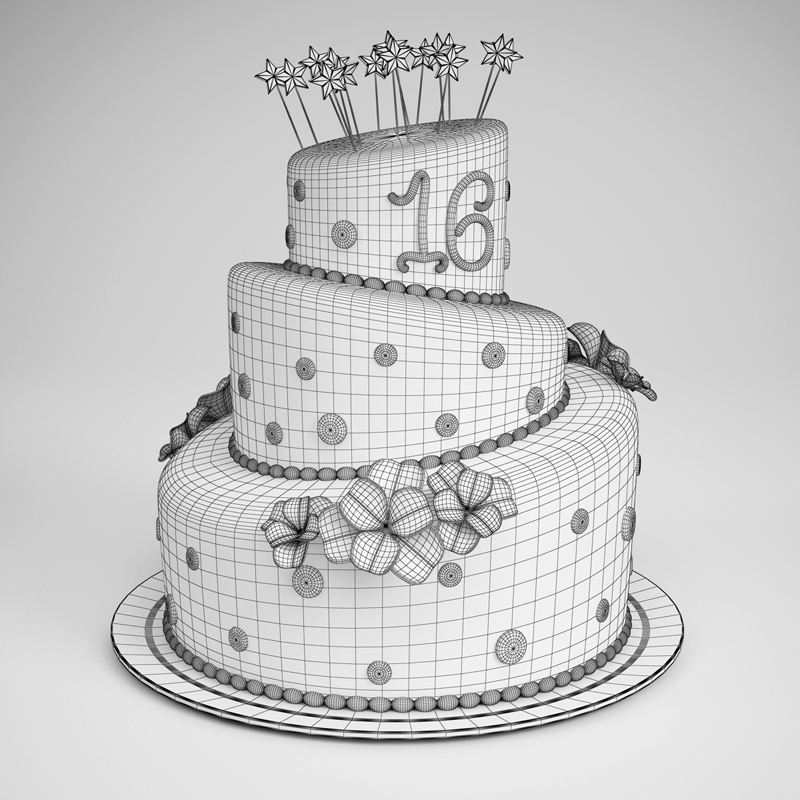
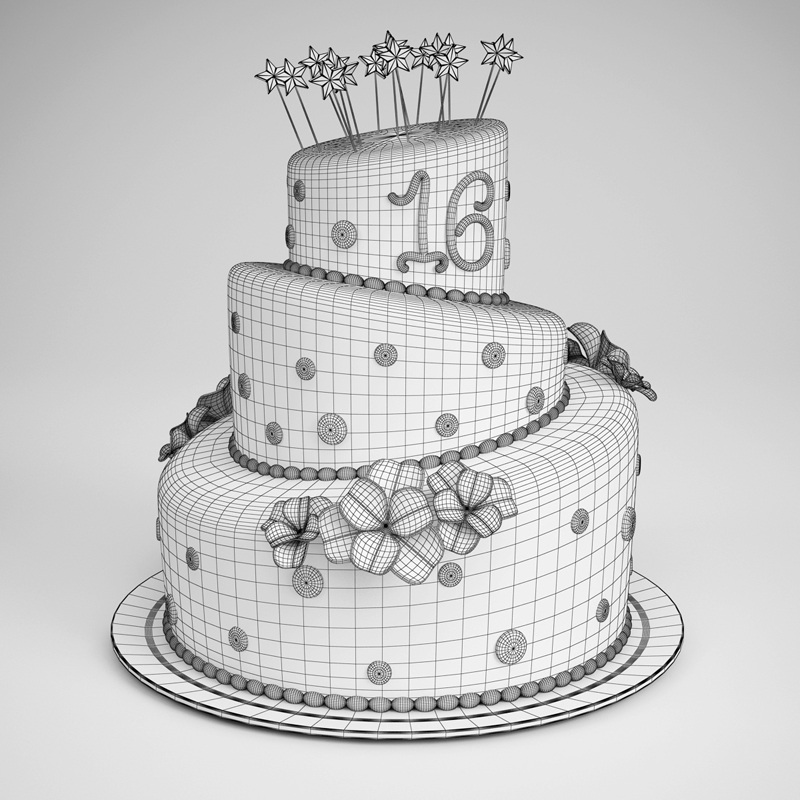
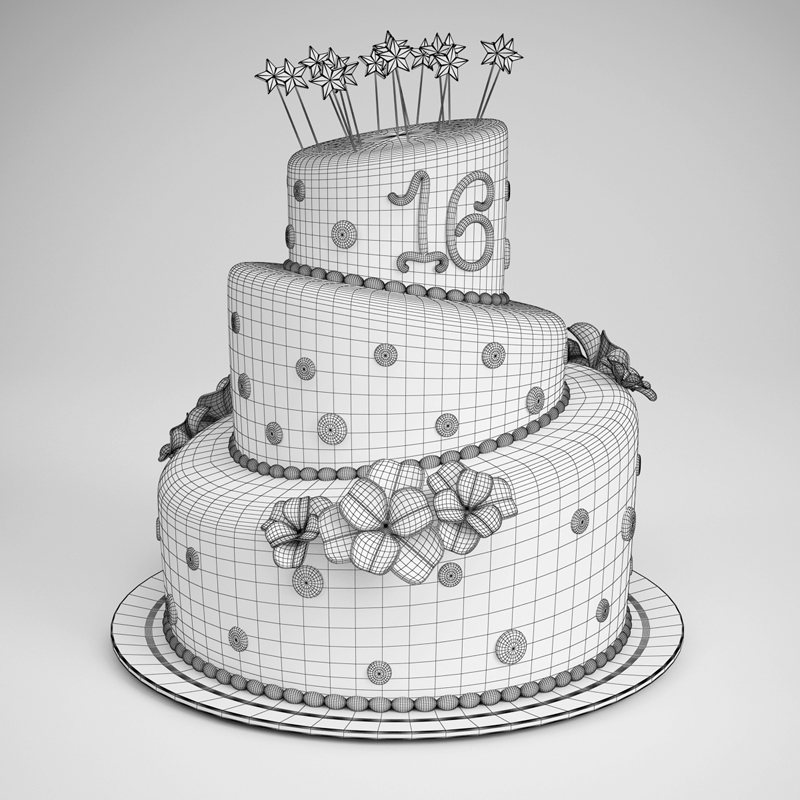
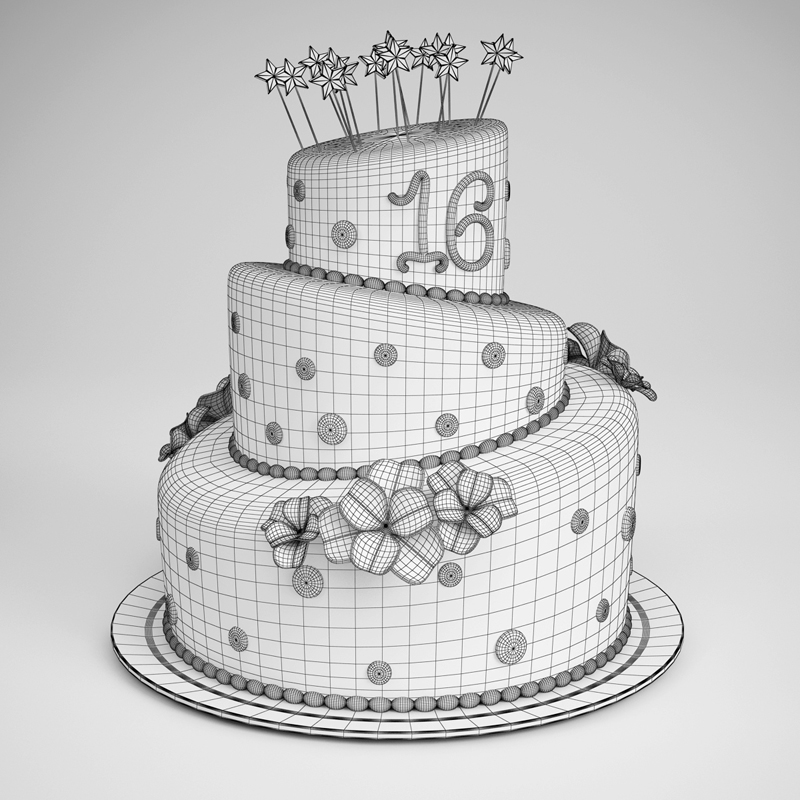
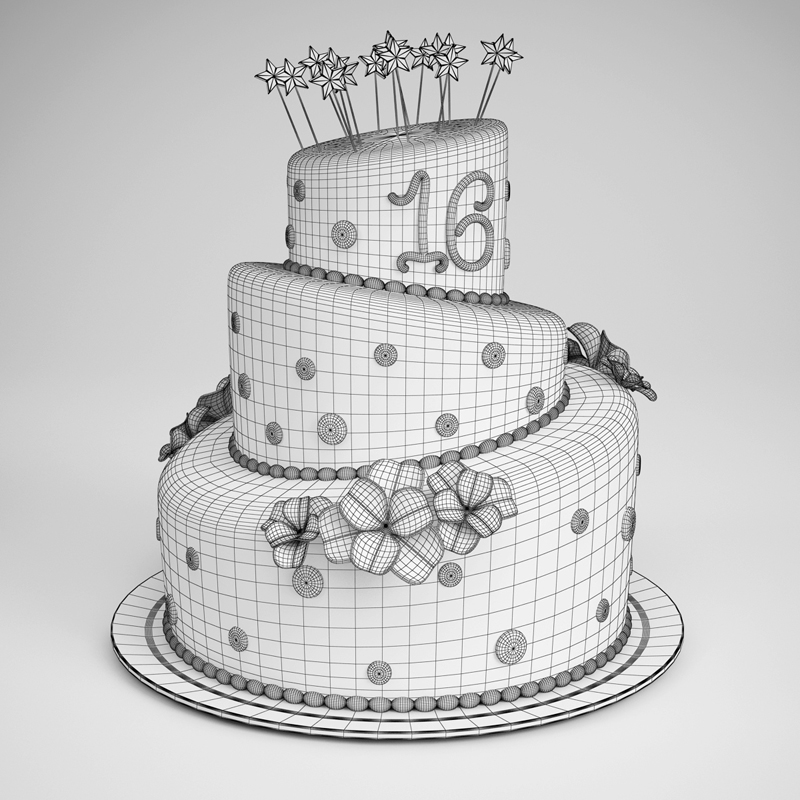














Comments